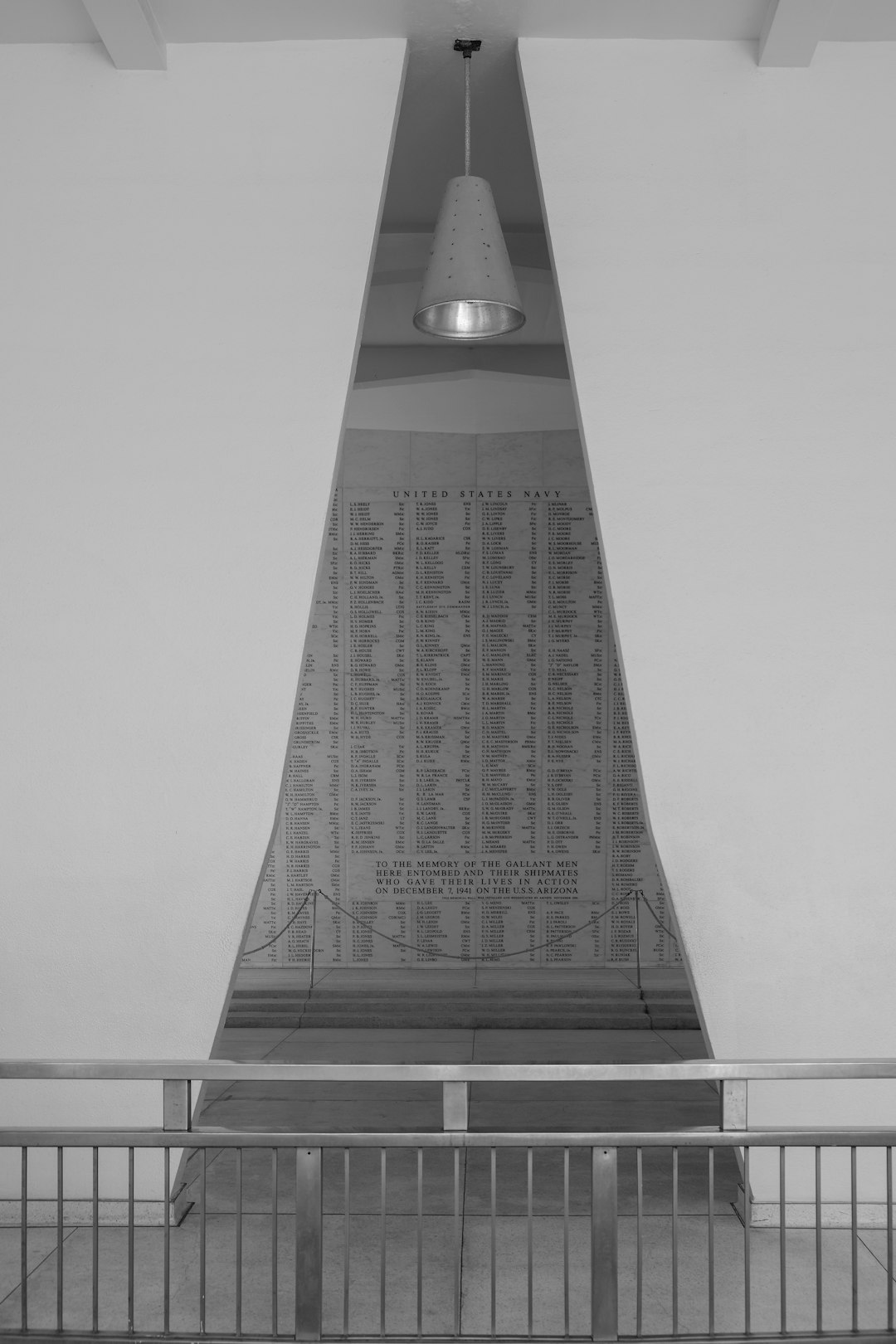
Cone 019 temperature plays a pivotal role in the world of ceramics, guiding artists and potters in achieving the perfect glaze or clay body maturation. This low fire temperature is essential for those working with earthenware and other low-fire clays, ensuring that they achieve the desired aesthetic and functional qualities of their creations. Understanding the nuances of firing at cone 019 can help you unlock the full potential of your ceramic projects.
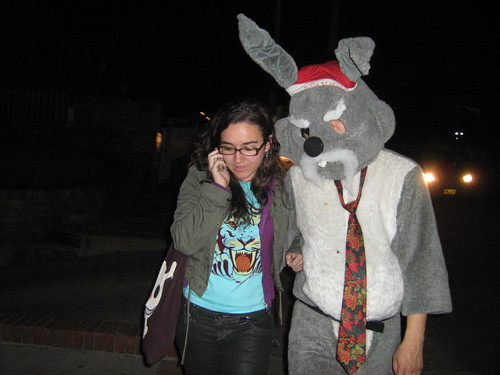
| Cone | Temperature (°F) | Usage |
|---|---|---|
| 019 | 1252 | Low-fire decoration and glazing |
| 018 | 1323 | Further maturation for underglazes |
| 017 | 1357 | Glaze firings for earthenware |
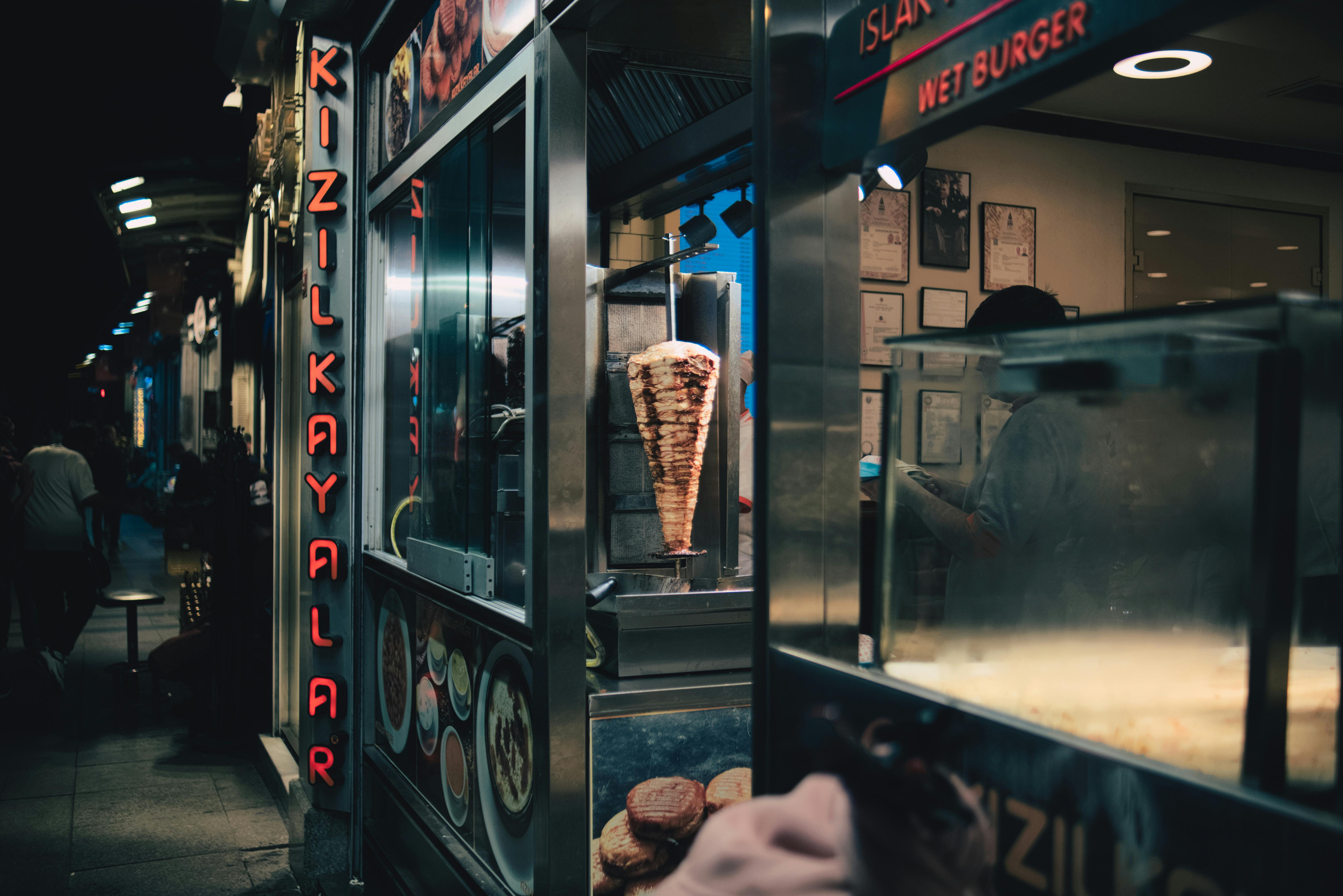
Understanding Cone 019 in Ceramic Firing
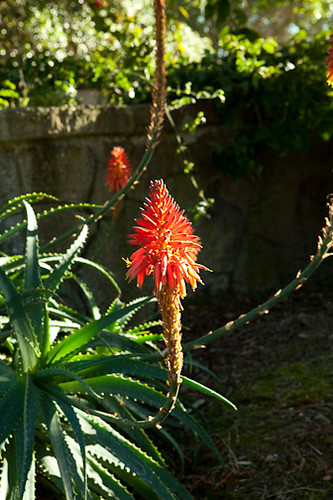
Cone 019, firing at a temperature of approximately 1252°F, is a go-to for artists looking to enhance the vividness of glazes and decorations on earthenware. The mellow heat of this low-fired cone is perfect for bringing out particular qualities in ceramic pieces without pushing them to their limits. It’s this controlled heat that enables one to achieve the delicate balance between aesthetics and durability.
For those using specific kiln models, it may be beneficial to reference technical guides for detailed instructions and wiring diagrams. For instance, the Paragon kiln models A-66B, A-66 provide helpful insights into efficient kiln operation.
The Art of Timing in Firing
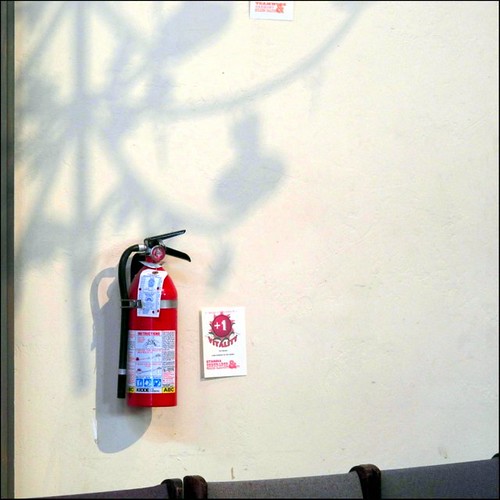
When working with Cone 019, timing is every bit as important as temperature. This cone is frequently used to achieve pre-fired decorative elements. By carefully calibrating your kiln schedule, you ensure that your creations emerge just as envisioned. For those expressive decorative touches, allowing sufficient heat-work—where the heat’s effect over time ensures proper maturation—is crucial.
- Prioritize gradual heating to prevent thermal shock.
- Utilize kiln furniture to support complex pieces during firing.
- Monitor cooling stages to minimize glaze crazing.
For more detailed guidance on handling kilns, you can refer to specific manuals like the Cone Art Pottery Kiln Instruction Manual, which offers comprehensive information on using these essential tools.

Choosing the Right Materials
The choice of materials becomes slightly more nuanced when firing at Cone 019. Since this cone operates on the lower end of the temperature scale, materials that mature at higher temperatures might not develop optimally. Thus, selecting low-fire clays and underglazes designed for such ranges ensures both the visual brilliance and structural soundness of your pieces. This consideration extends to glazes, which need to bond effectively to the substrate at Cone 019’s tame temperatures.
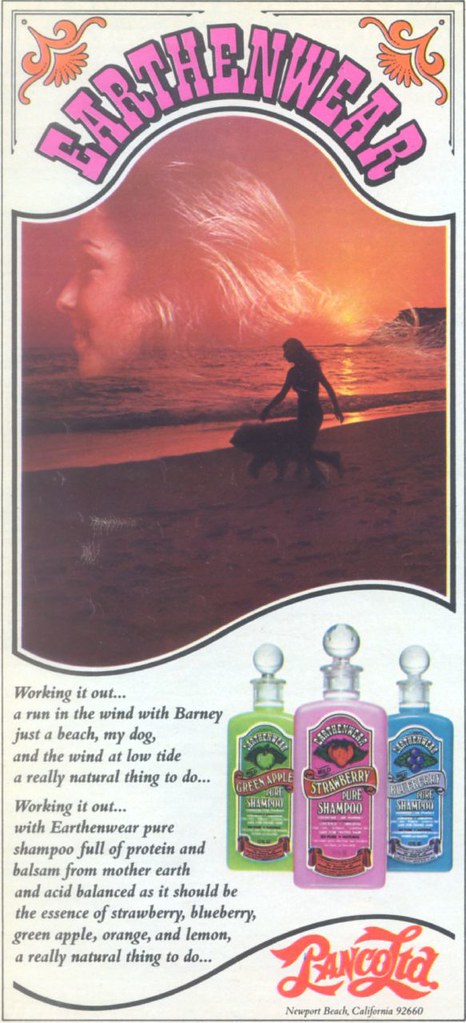
Experimentation and Learning
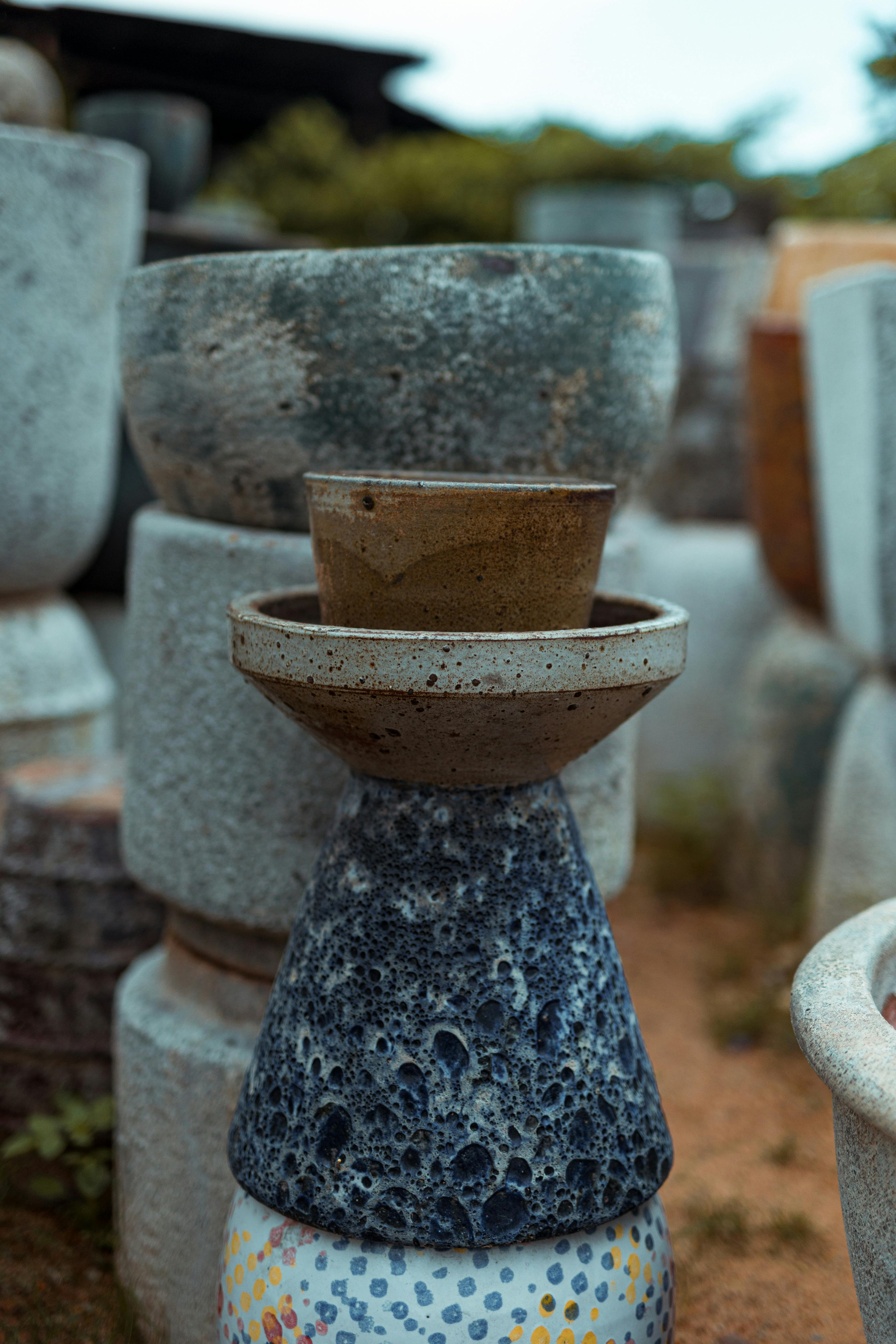
Embracing the hands-on exploration of Cone 019’s capabilities can add new dimensions to your ceramic artistry. Experimenting with different combinations of materials, kiln atmospheres, and firing schedules can reveal unexpected yet delightful results. Delve into case studies such as Seed release by a serotinous pine in the absence of fire to explore parallels in your firing processes.
Share your discoveries and benefit from the community’s collective knowledge by discussing your experiments in ceramic forums and workshops. What unique experiences have you encountered when working with Cone 019? Share your insights in the comments below—your knowledge could ignite inspiration for a fellow artist!

For the latest insights and articles on ceramics and other areas, visit our recent posts.
The Cone Chart and Firing Temperatures | Ceramic Materials Workshop
Cone 019 temperature plays a pivotal role in the world of ceramics, guiding artists and potters in achieving the perfect glaze or clay body maturation. This low fire temperature is essential for those working with earthenware and other low-fire clays. The Ceramic Materials Workshop’s video, “The Cone Chart and Firing Temperatures,” delves into the intricacies of ceramic cones and firing temperatures.
What temperature is cone 019?
If you’ve ever wondered what a “cone” truly means in ceramics, it’s simply a way to measure how your clay and glazes melt under heat. Cone 019 is a lower-firing range often used for decorating or special overglazes. Depending on the kiln’s heating rate, cone 019 can reach anywhere from around 1,213°F (when firing slowly at 27°F/hr) to about 1,252°F (at a faster rate of 108°F/hr). In other words, it’s perfect for projects that call for a delicate, low-temperature finish.
CONE TEMPERATURE CHART (Approximate final temperatures for Orton cones)
• Cone 018
– ~1267°F (27°F/hr)
– ~1252°F (108°F/hr)
• Cone 019
– ~1213°F (27°F/hr)
– ~1252°F (108°F/hr)
• Cone 020
– ~1159°F
• Cone 021
– ~1112°F
What is the temperature of cone 9 10?
Cone 9-10 refers to a high-fire range typically between about 2,300°F and 2,700°F (1,260°C to 1,480°C). In comparison, mid-range firings like cone 5-6 occur around 2,100°F to 2,300°F (1,150°C to 1,260°C). If your creativity thrives on sturdier, more durable results—such as stoneware or porcelain—cone 9-10 might be your go-to.
What is Cone 9 fired at?
Traditionally, many potters opt to fire stoneware at cone 9 (around 2,300°F). This temperature creates a dense, vitrified clay body that’s highly durable and features a strong bond between the glaze and the clay. You’ll often see a richer, more integrated finish where the glaze melts seamlessly into the surface.
Which is hotter, cone 05 or 06?
It might be confusing at first, but remember: a leading zero in the cone number indicates a lower firing temperature. Cone 05 fires hotter (roughly 1,888°F) compared to cone 06 (about 1,832°F). And just to keep it clear, if you drop the zero, like going from cone 04 to cone 4, you jump into considerably higher temperature ranges! Matching the correct cone temperatures for both your clay and glaze is key to getting the finished look you’ve envisioned.
Understanding the nuances of Cone 019 temperature can truly transform your ceramic projects, allowing you to achieve those beautiful glazes and perfectly matured clay bodies you’ve been striving for. Whether you’re a seasoned potter or just starting out, mastering this low-fire technique opens up a world of creative possibilities.
Stay Connected
I'd love to see your projects and hear about your experiences with Cone 019, so be sure to follow us on Instagram. Staying connected is a great way to share tips, get inspired, and continue growing together in the art of ceramics!
